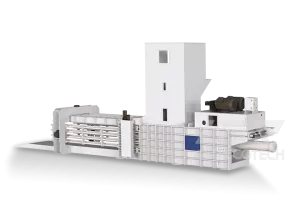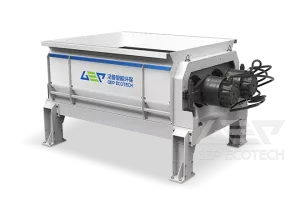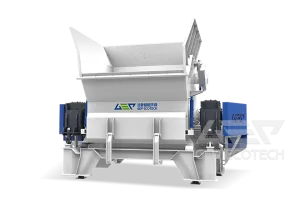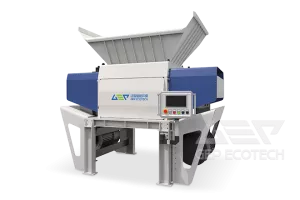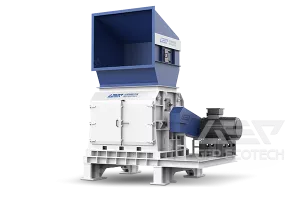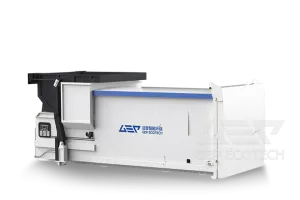The technology of cement kiln collaborative disposal of household garbage relies on the original decomposition furnace, rotary kiln and other high-temperature kilns of the new dry pre-decomposition clink production line to realize the reduction, resource and harmless of household garbage. Due to its high disposal efficiency, less investment, short construction period, thorough disposal of harmlessly, good environmental protection indicators and other advantages, it has been more and more widely used.
The collaborative disposal of solid wastes in cement kilns is divided into two processes: solid wastes pretreatment and incineration. The pretreatment process is to pre-treat the original ecological garbage by crushing and screening, and finally form two parts of combustible and non-combustible. Fuel generally includes waste plastics, paper, rubber clothing, tree branches and leaves, etc. Because it has a certain calorical value, it can be used as an alternative fuel to burn in the decomposition furnace of the cement production line, and play a thermal effect to reduce the amount of raw coal used in the cement production process. Incombustible materials generally include bricks, stones, sand, peels, bones, glass, and metals (sold as waste products after being selected separately). The components of incombustible materials are similar to the raw materials of cement production, and can be used as clay substitute raw materials in the cement production line to save raw materials.
Domestic waste pretreatment generally uses a disposal system composed of coarse crusher, fine crusher, roller screen, magnetic separator, air separator, conveyor, dust collector and GI intelligent control system, with good crushing effect, fine sorting, high degree of automation, and small energy consumption. (According to the different material composition and processing requirements of different projects, we can flexibly design treatment schemes to improve the overall disposal efficiency and effectively reduce project operating costs.)
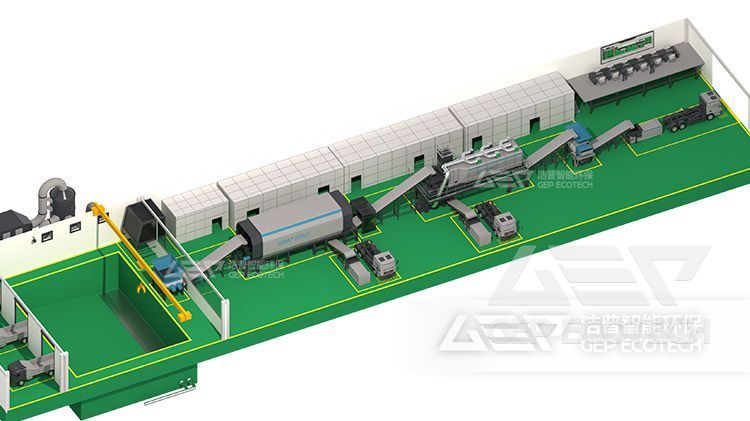
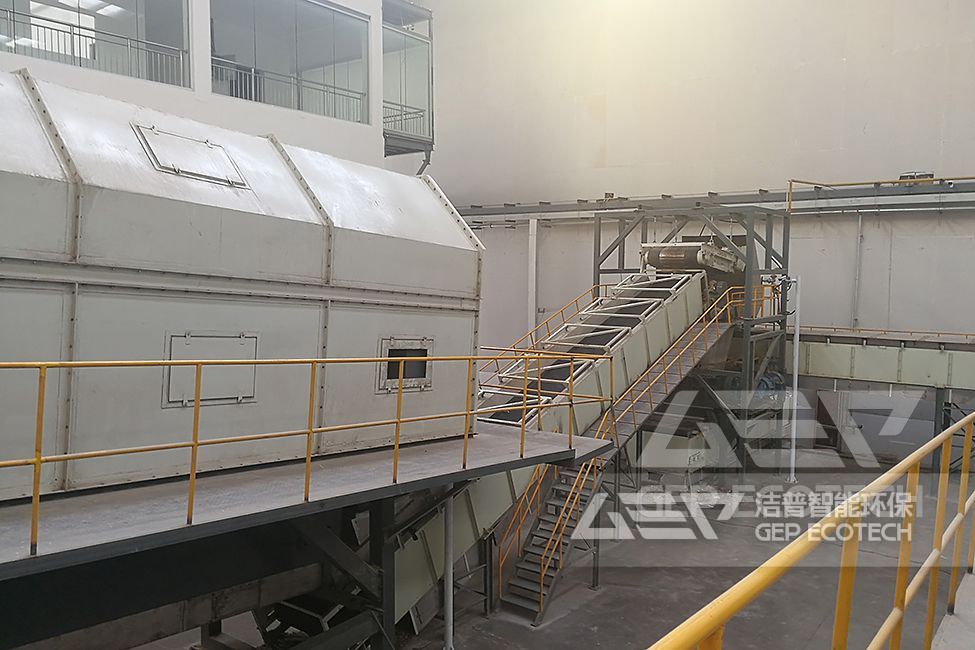
According to incomplete statistics, a 500 ton/day cement kiln co-disposal of domestic waste production line can digest 155,000 tons of domestic waste per year, save 20,000 tons of standard coal for the cement production line, reduce landfill land for the surrounding areas to save about 40 mu of land per year, and achieve significant economic, social and environmental benefits.
Details please consult: https://www.gepecotech.com/


